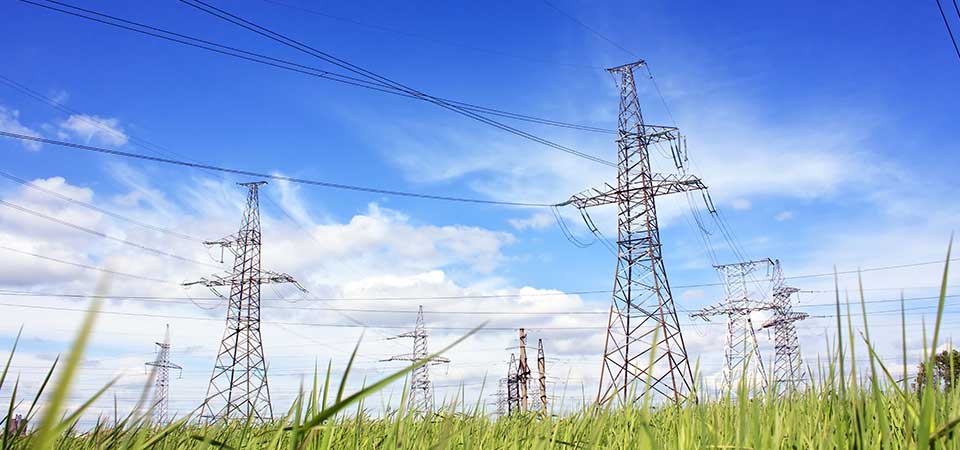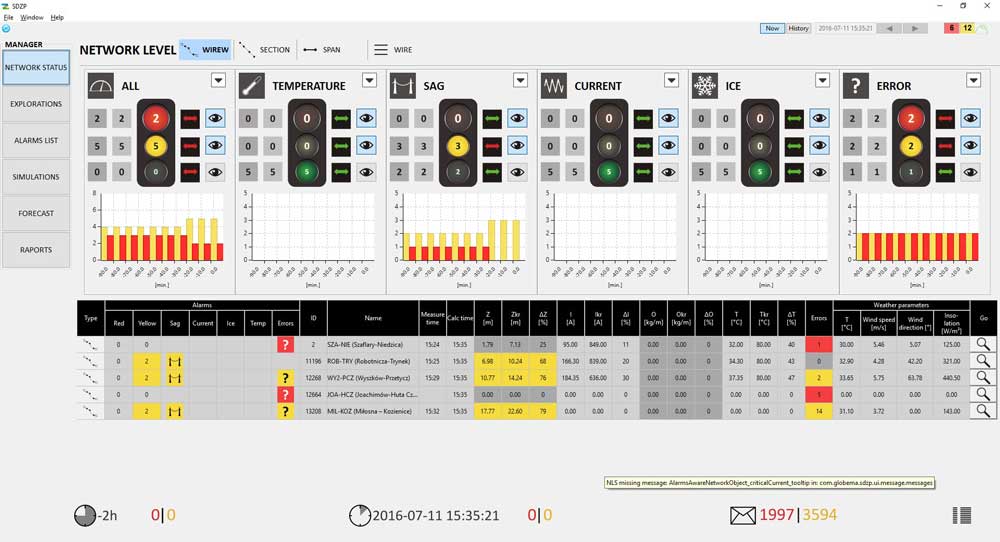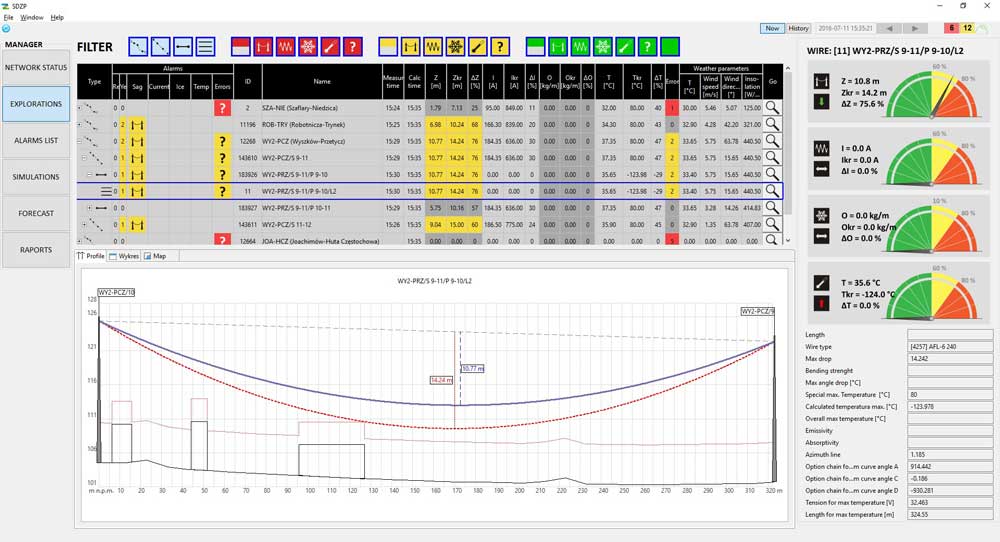
We are pleased to announce that the Dynamic Transmission Management System (DTMS) was released. DTMS is a result of the research & development project was carried out together by a consortium of 11 acamedic and business organizations. The main goal of the project was to create a comprehensive system for monitoring high voltage and extra high voltage lines (from 110kV through 400 kV) to prevent blackouts, ensure optimal energy transmission and improve reliability of energy supply across Poland.
The team
The consortium for DTMS consisted of:
- leading technical univerisities and public R&D institutions in Poland (Polish Academy of Science, Warsaw University of Technology, Cracow University of Technology, Lublin University of Technology, AGH University of Science and Technology and University of Warsaw)
- the sole energy transmission operator in Poland: PSE Operator
- leading energy distribution operators: PGE (Polish Energy Group) and Tauron Energy Group
- private energy consulting house: Procesy Inewsytycyjne (eng. Investment Processes)
- software house specializing in SmartGrid appliances: Globema
The challenge
During winter icing often causes breakage of transmission lines which leads to costly damages and long-lasting extensive outages. On the other hand, during a hot summer high temperatures bring about increasing demand for power (caused by cooling/air conditioning), as well as limit the transmission capacity due to the rising wire sag, which leads to dangerous overloads (especially in case of large metropolitan areas).
Dynamic Transmission Management System provides means to avoid such situations and to ensure optimal energy transmission. The system was designed for transmission control room operators, as well as business users who plan the transmission parameters 1-3 days ahead. The tool is ready for integration with SCADA systems.
System architecture

Wire-mounted sensors measure current temperature, wire angle & vibrations and send data to the base station, where additional weather parameters are gathered and transmitted to the server. A complex computational engine with mechanical, thermal and mathematical models processes the data to produce business-oriented results such as:
- critical current and current reserve, indicating how much power the electric line can transmit in present weather conditions
- volume of icing, showing how much mechanical load the electric line can stand
- wire temperature compared to critical (maximum) temperature
- critical sag (taking into account the terrain objects under the line span).
All information is presented in a user-friendly interface, with two levels of alarms (yellow and red), displayed with “semaphores”. Also, the impacted lines are listed.

When more detailed data is needed user can view span profile, map with the whole transmission network and alarms highlighted, as well as all parameters for selected period.

Additional features
- historical data analysis and reporting
- forecasting parameters of the transmission line (based on weather forecast for a few days ahead)
- simulating parameters of the electric line for given weather conditions
- optimizing whole transmission network by indicating desirable power generation volumes at power plants (minimization of power overloads).
Selected benefits
- power supply reliability (possibility to avoid dangerous events leading to blackout)
- increasing present transmission capacity of electric line
- optimization of CAPEX for the transmission network extension or reinforcement.











